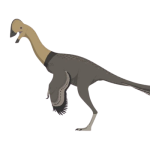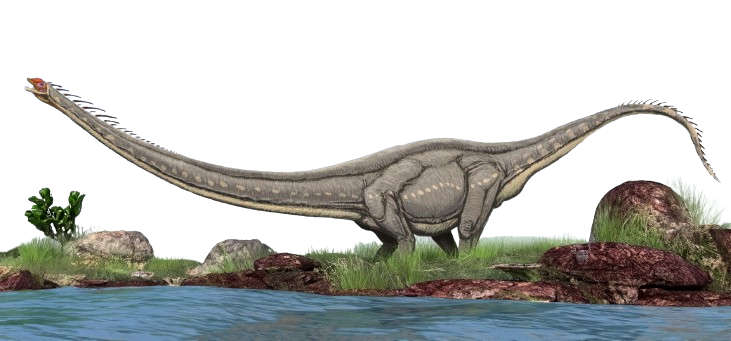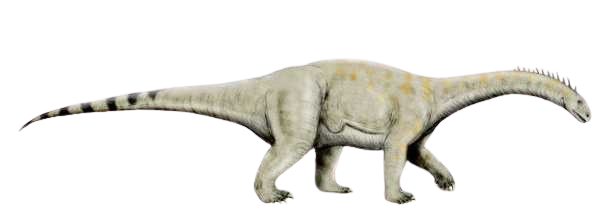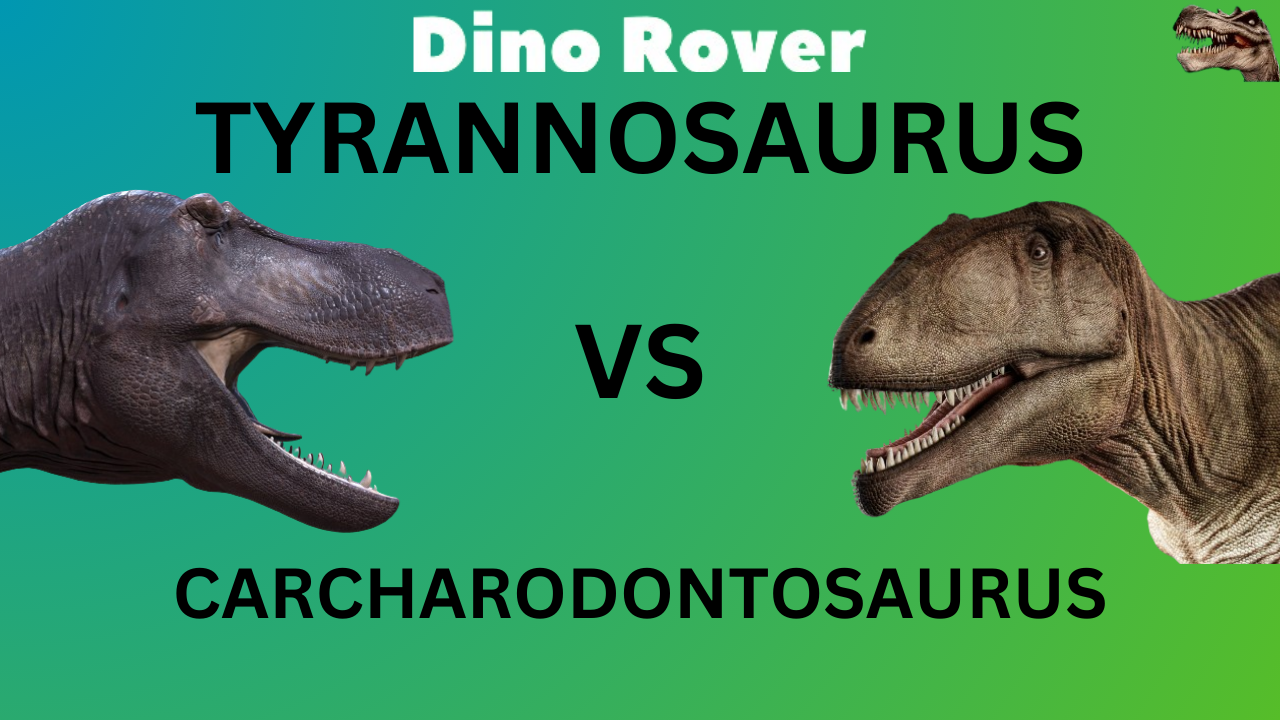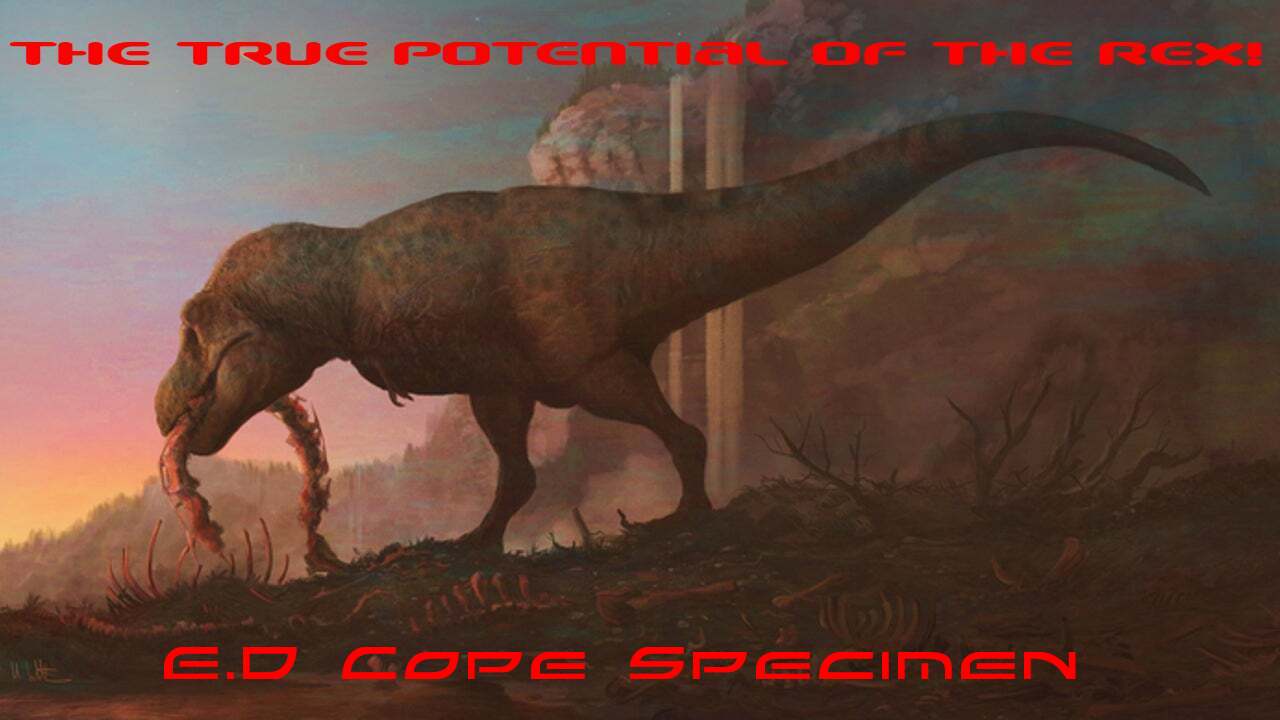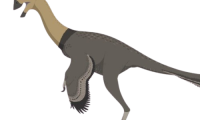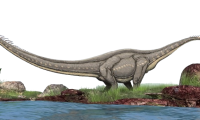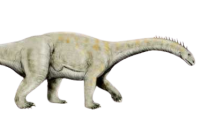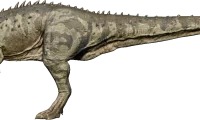Acrocanthosaurus, a formidable Carcharodontosaurid dinosaur, once roamed the ancient landscapes of North America during the Early Cretaceous period, approximately 112 million years ago. This powerful predator shared a family resemblance with its African and South American counterparts, particularly in its skull structure, reminiscent of formidable carnivores like Giganotosaurus and Carcharodontosaurus. However, what set Acrocanthosaurus apart was the distinctive sail adorning its back, much like the renowned Spinosaurus.
Standing at an imposing height of 6 meters and measuring an impressive 11 meters in length, this colossal creature tipped the scales at a staggering 7 tons. The purpose of its sail has intrigued scientists, leading to various hypotheses. While it’s acknowledged that Acrocanthosaurus was a terrestrial dinosaur, the sail likely had a functional role, potentially used for mating displays or to attract potential mates, showcasing the creature’s dominance in its environment.
Acrocanthosaurus was an apex predator, primarily preying on Ornithopods, smaller bipedal dinosaurs, as well as larger Sauropods with elongated necks, resembling the Diplodocus. Additionally, its diet included various Nodosaurids, such as the well-known Sauropelta. Its adaptation to a carnivorous lifestyle is evident in its robust skull, equipped with sharp teeth designed for capturing and devouring its prey.
As one delves into the ancient history of the Early Cretaceous, the presence of Acrocanthosaurus emerges as a testament to the diversity and complexity of Earth’s prehistoric ecosystems. Unraveling the mysteries surrounding its sail and understanding its role in the dinosaur’s behavior contributes to our broader comprehension of the fascinating world these creatures inhabited millions of years ago.






